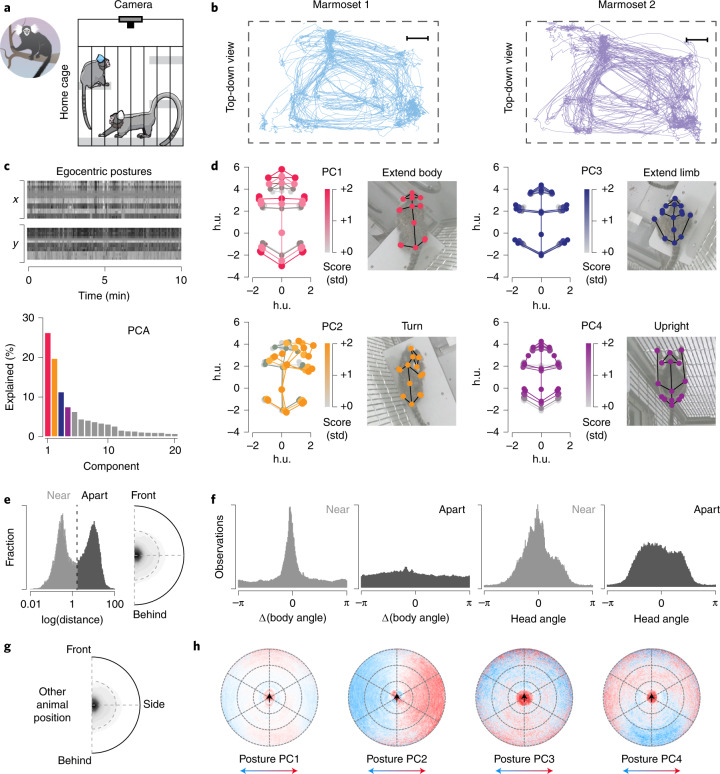Fig. 5. Application to multi-marmoset social behaviors.
a, Schematic of the marmoset recording setup. b, Example tracks, 30 min plotted from each marmoset. Scale bars, 0.2 m. c, Example egocentric posture data, where the ‘Body2’ point is (0,0) and the angle formed by ‘Body1’ and ‘Body3’ is rotated to 0°. We performed principal component analysis on the pooled data of both marmosets for all data. d, Average postures along each principal component; note that only one side of the distribution is represented in the image (that is, 0 to 2 instead of −2 to 2). e, Histogram of log-distance between a pair of marmosets normalized to ear-center distance. f, Computed body angle versus observation count. g, Density plot of where another marmoset is located relative to marmoset 1. h, Postural principal components (from d) as a function of the relative location of the other marmoset. Thereby, each point represents the average postural component score for marmoset 1 when marmoset 2 is at that point. h.u., head units.

